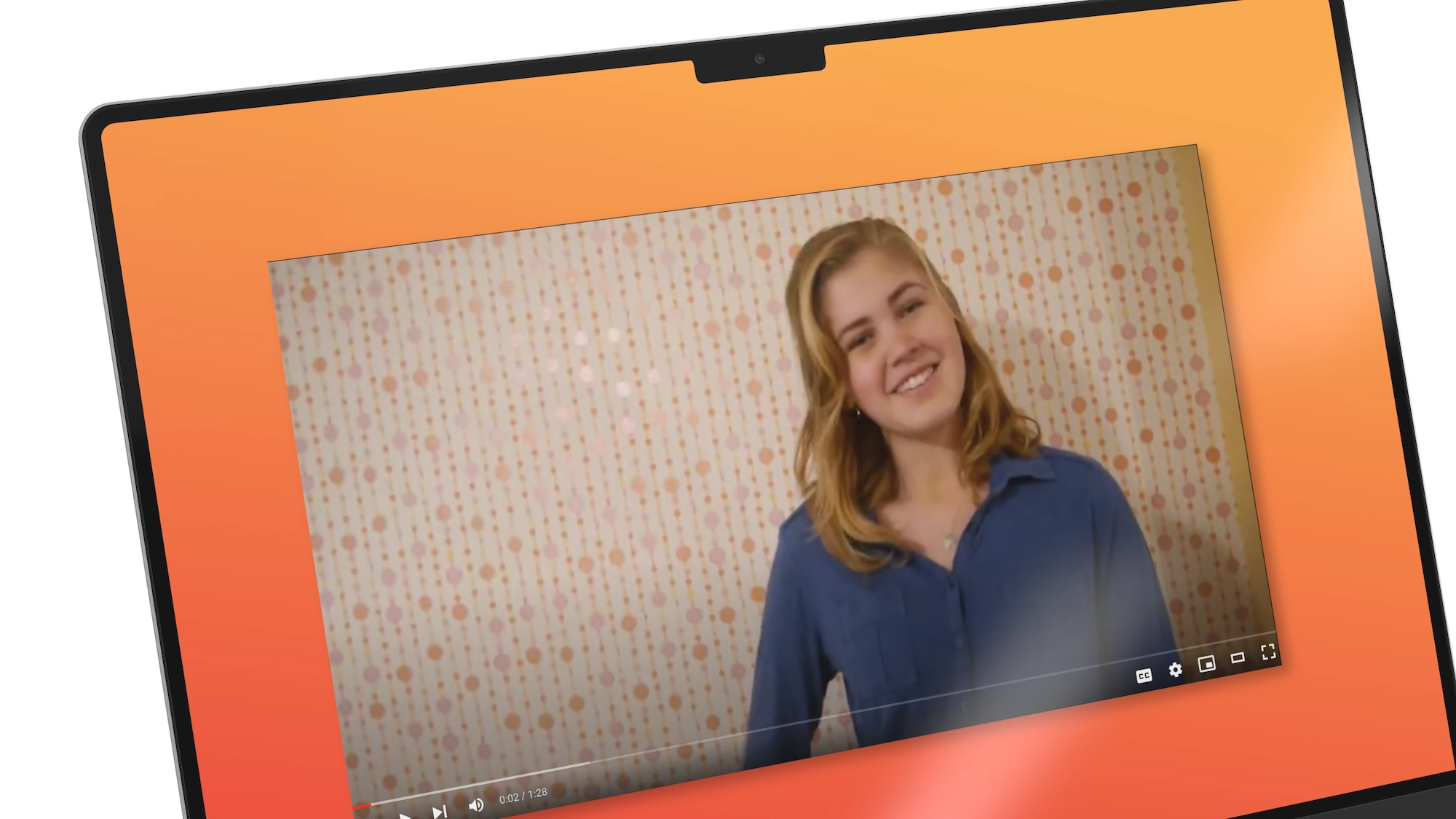The Middle Weeks of the LaunchX Curriculum

They say the middle is the meat — or the cream, if we’re talking sandwich cookies — where the good stuff, true growth happens. That’s certainly true of the LaunchX summer program experience. During the second and third weeks of our entrepreneurial summer program, our teen entrepreneurs get into the nitty gritty of building their startups.Having begun their market research in Week One, they present their customer personas to a panel of mentors who serve as a mock board of directors. A board of directors is a group of appointed members who are responsible for the big picture oversight and goal setting in a company. In the context of LaunchX, this includes providing guidance on setting the mission and ensuring all major decisions are in line with that mission, acting as a sounding board for reflection and learning, and keeping the team focused as they set key milestones to ensure that those milestones are met. These mentors are not involved in day-to-day operations, but support the founders through strategic advice that allows them to determine the steps necessary to achieve the key objectives.Customer personas consist of examples of people who might use the startup’s product or service. These profiles include the pain points that the customer is coming to the business to solve, their entry point, and their unique needs. The customer persona informs the development phase, plus will be crucial to customer acquisition strategies that play out in marketing and sales.Next, students brainstorm how to solve the problem that brings customers to them based on the personas they’ve crafted and the market research they’ve done. Before this point, the focus has been on a specific need or frustration, and not yet on an idea or solution, Now, teams come up with different products and services that might meet their audience’s needs, then decide on the best solution with which to move forward, based on a framework of the biggest priorities to their target customer. Let’s look at an example of a team that wants to solve students forgetting their lunches at home on a regular basis. They bounce around ideas about reminder apps, a wearable device, a location sensor-connected lunch box and accompanying app, and many more. Based on mapping out the customer experience to better understand the customer priorities, they’re able to assess the different options and make a decision on which solution will best meet the customer needs.Once they’ve nailed down the product or service they’re going to develop, students work on refining their value proposition. Part of this involves competitive analysis — determining who their competition is in the space they’re entering, what their competitors offer, and what the startup can do to differentiate itself. Competition is not just the companies who are offering the same type of product or service, but are any way that the customer is solving this need now. If your business is a restaurant, that means other restaurants are not your only competition, but customers eating at home is also a competitor. Our student teams during this phase of the process also work on their messaging: how they communicate what they do and why the customer should care.Finally, they tackle the the 3 phases of prototyping and user testing. This involves first sketching out their ideas to align the team, drawing or storyboarding the user experience. This is then mocked up to get feedback with customers in a “looks-like” prototype quickly developed for products without any use of a computer, or the core marketing collateral for services. Finally, after iteration and user testing of the mockup, teams develop their MVP, the functional minimum viable product, getting more feedback and even starting to get pre-orders and sales. This is where student startups go from concept to reality and iterate until they have something that’s ready for market. It involves a lot of trial and error and problem-solving, and can get frustrating if it’s not going the way they hope, but this is where the majority of the excitement and learning also comes from. This is the part that makes LaunchX go from being just a business plan program into being about real entrepreneurship, since students go from theoretical ideas into testing then commercialization.Throughout the whole process we pack into these middle two weeks, our teen entrepreneur cofounders start developing their commercialization strategies. This includes how they plan to connect their offering with their customers through branding, marketing and sales. An especially fun aspect of this is our session on branding, part of which involves designing and establishing the company’s logo.We also cover the customer acquisition funnel to determine the best ways to reach customers in the market. This allows our teen entrepreneurs to assess different marketing channels, the pros and cons of each, the industries and business models they are each best suited towards, and even do some calculations of customer acquisition costs (CAC). They learn to understand the difference between lead generation, lead nurturing, and sales, to be able to get the highest return on their limited amount of time and budget as an early startup.By the end of this middle section of the curriculum, students accomplish far more than probably imagined possible at the start. They learn and practice the entrepreneurial mindset, gain confidence in their abilities, and create worthwhile, innovative products or services to change the world as they see it.Stay tuned for highlights from the home stretch: Curriculum: The Last Week of LaunchX!





